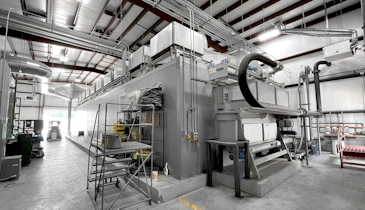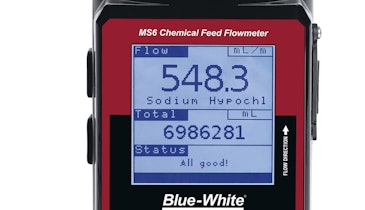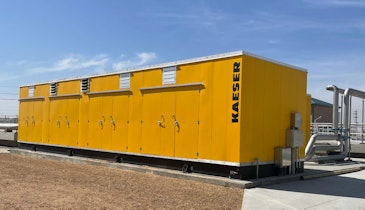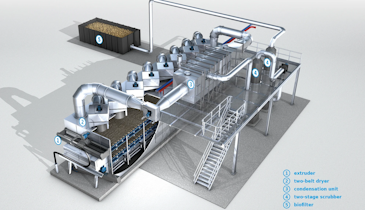Interested in Laboratory?
Get Laboratory articles, news and videos right in your inbox! Sign up now.
Laboratory + Get AlertsThis month’s “Bug of the Month” is a morphotype recognized as tetrads. Tetrads are a formation of four bacterial cells in a square-like configuration within a gelatinous matrix. Tetrads are most easily viewed at 1000x oil immersion using a phase contrast microscope. Tetrads vary in size with dimensions of each square formation generally ranging from 0.5-2µm to 0.5-2 µm. It is common to see multiple tetrads within a cluster of other tetrads in addition to tetrads in singular formation.
From a genetic standpoint, tetrads have high potential diversity and are suspected or confirmed to occur within Actinobacteriota, Acidobacteriota, Proteobacteriota, Planctomyceotota and Firmicutes phyla. Many genera that are capable of forming tetrads are also capable of growing in filamentous or other forms, which pose significant challenges in phenotype to genotype correlations when comparing microscopic evaluations to DNA sequencing reports of mixed liquor samples.
Literature on growth causes of tetrads varies depending on sources (and is ongoing). However, based on personal experience as well as theories from Dr. Michael Richard and other recognized experts, it appears most common for tetrads to be correlated with volatile organic acid substrate and a generally higher SRT value. Some, but not all tetrads (depending on microbial species composition) may also have metabolic pathways for functions such as denitrification and glycogen accumulating organism functionality.
The reasons why certain genera have variable morphology is complex. For example, we are not certain why genera such as Defluviicoccus may grow as filaments with Nostocoida limicola-like morphology in some instances and as tetrads in others. Suspected theories for this variable morphology potential include fluctuations in growth conditions such as stress levels, nutrient availability, dissolved oxygen concentrations, pH, temperature and others. Additional potential factors include substrate availability, type of substrate, SRT values (generally higher), potential predators and extracellular polymeric substances.
While tetrads have elevated EPS — which is visible using microscopy methods such as reverse India ink staining — they are dense in structure and most often seen in flocs with good settling characteristics. Operational challenges associated with tetrads are limited, and challenges most generally occur in instances of severe slug loads in which tetrads become dispersed and may cause turbidity in the supernatant layer above settled solids.
Another potential for tetrad formation is quorum sensing, present in many bacteria, which regulates gene expression of bacteria based upon population density received through signal molecules. Quorum sensing allows bacteria populations to communicate and coordinate group behavior. The signal molecules, known as autoinducers, are released into the environment by bacteria and gradually increase in concentration as the bacteria become more prevalent. Once a certain threshold is reached, bacteria populations can detect these signals and activate genes accordingly.
A quick internet search of granular sludge will most likely reference tetrads due to their significantly dense structure and potential to settle quickly. Currently, there is ongoing research as to how to select for tetrads and to improve our understanding of the complex relationships that cause them to proliferate.
About the author: Ryan Hennessy is the principal scientist at Ryan Hennessy Wastewater Microbiology. He was trained and mentored by Dr. Michael Richard for over 10 years in wastewater microbiology, and serves as a microbiology services consultant. Hennessy is a licensed wastewater treatment and municipal waterworks operator in the state of Wisconsin and fills in as needed for operations at several facilities. He can be reached at ryan@rhwastewatermicrobiology.com. Hennessy's new book Wastewater Microbiology: Filamentous Bacteria Morphotype Identification Techniques, and Process Control Troubleshooting Strategies is now available on Amazon.






